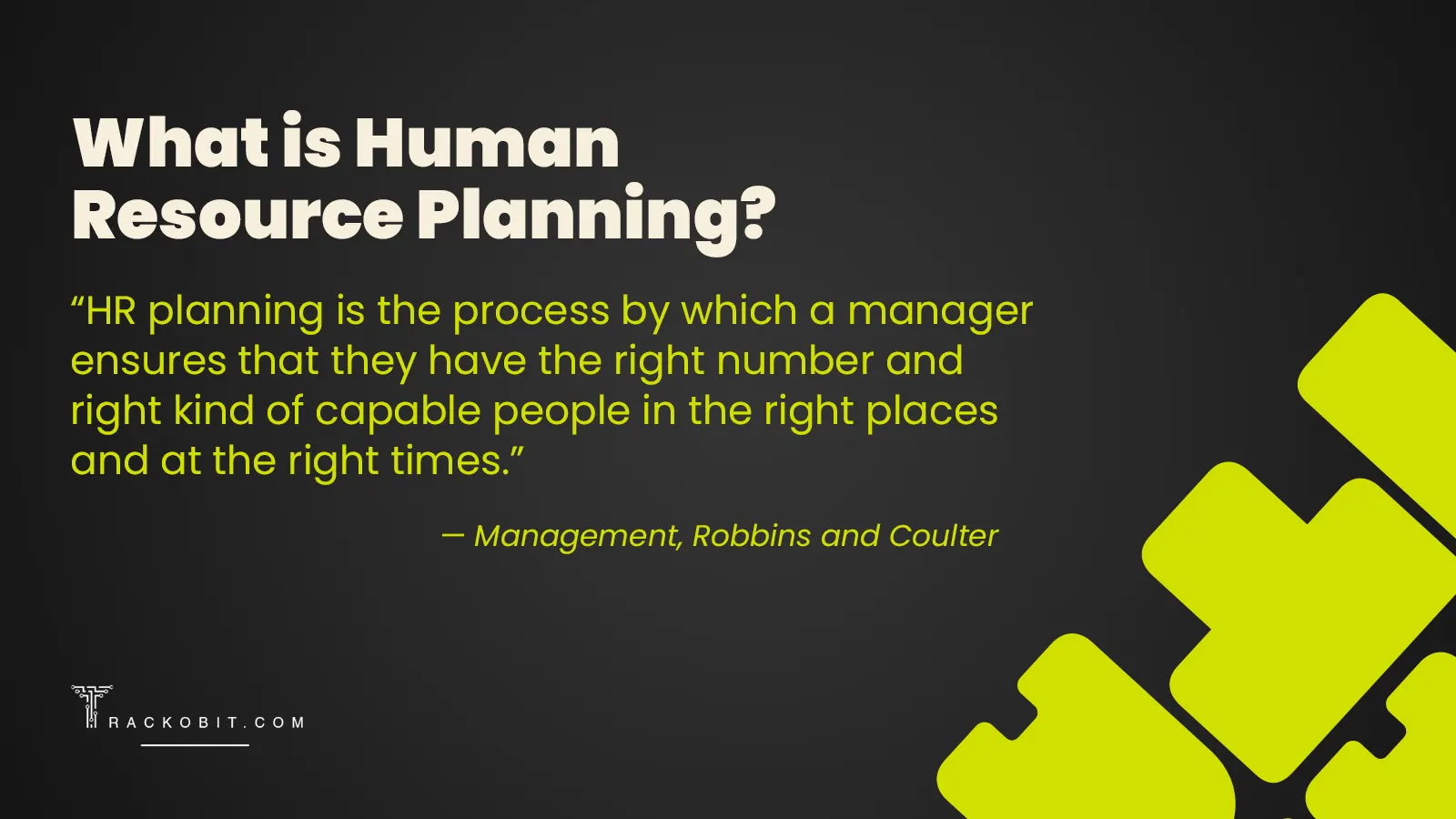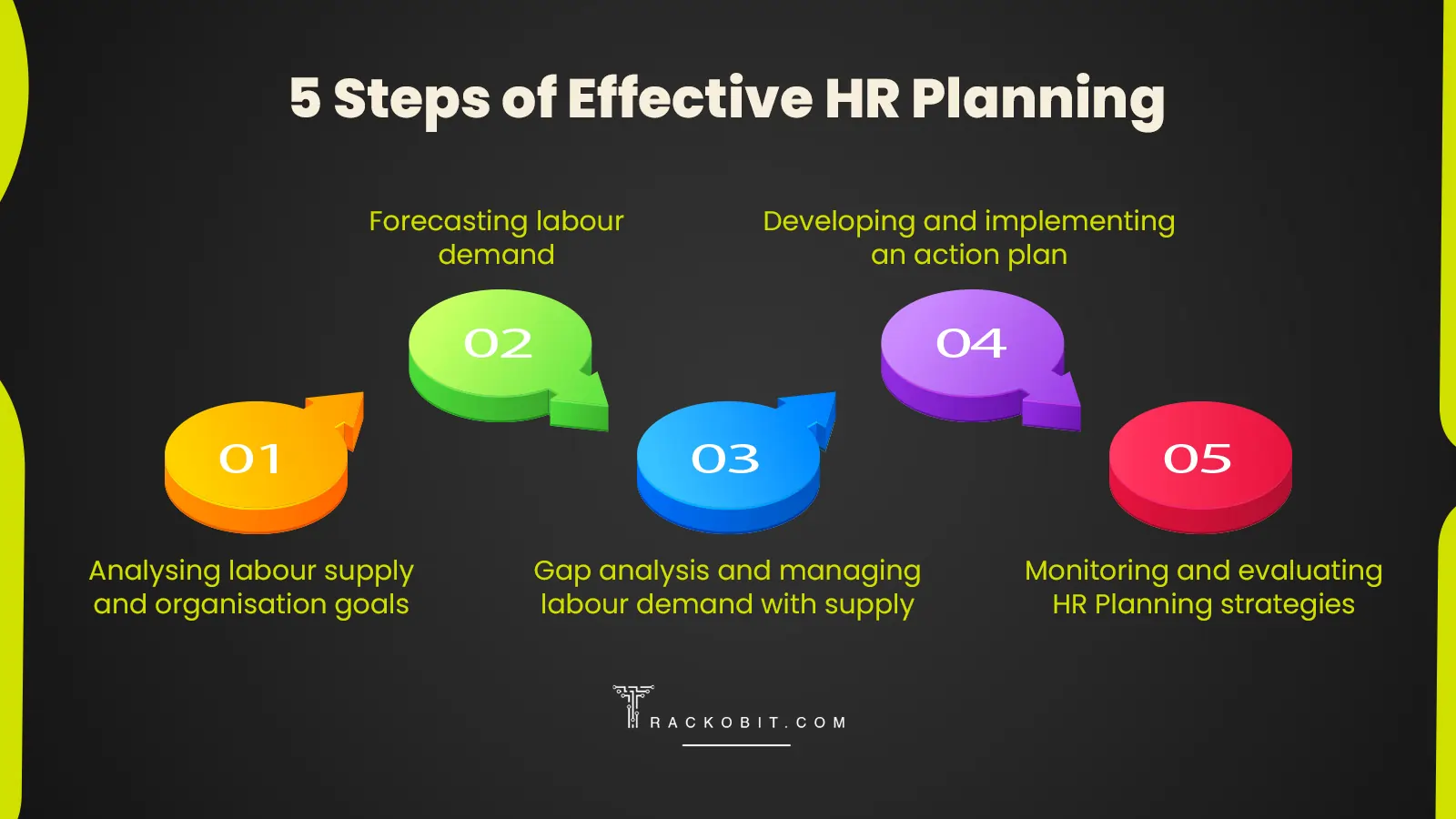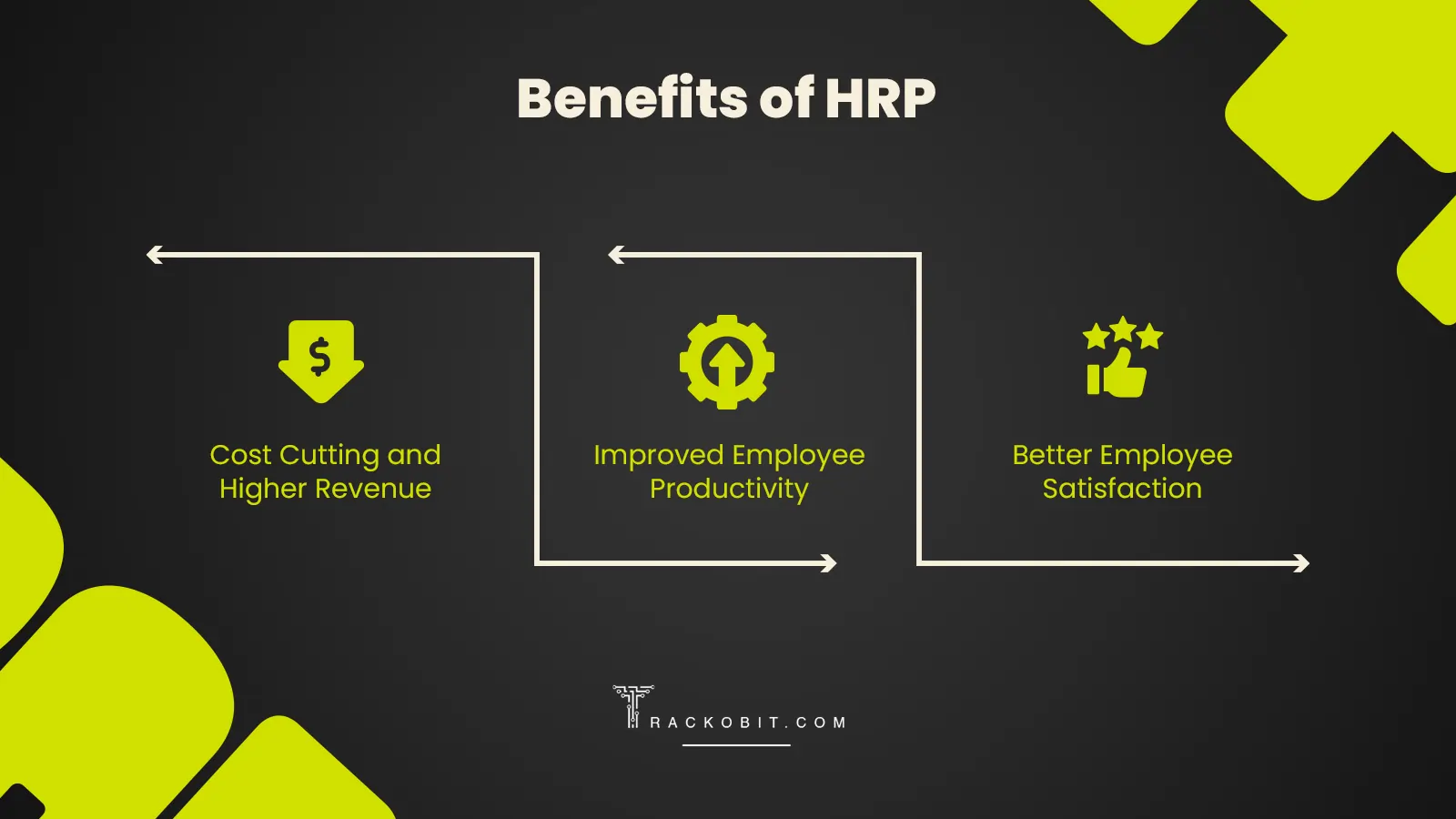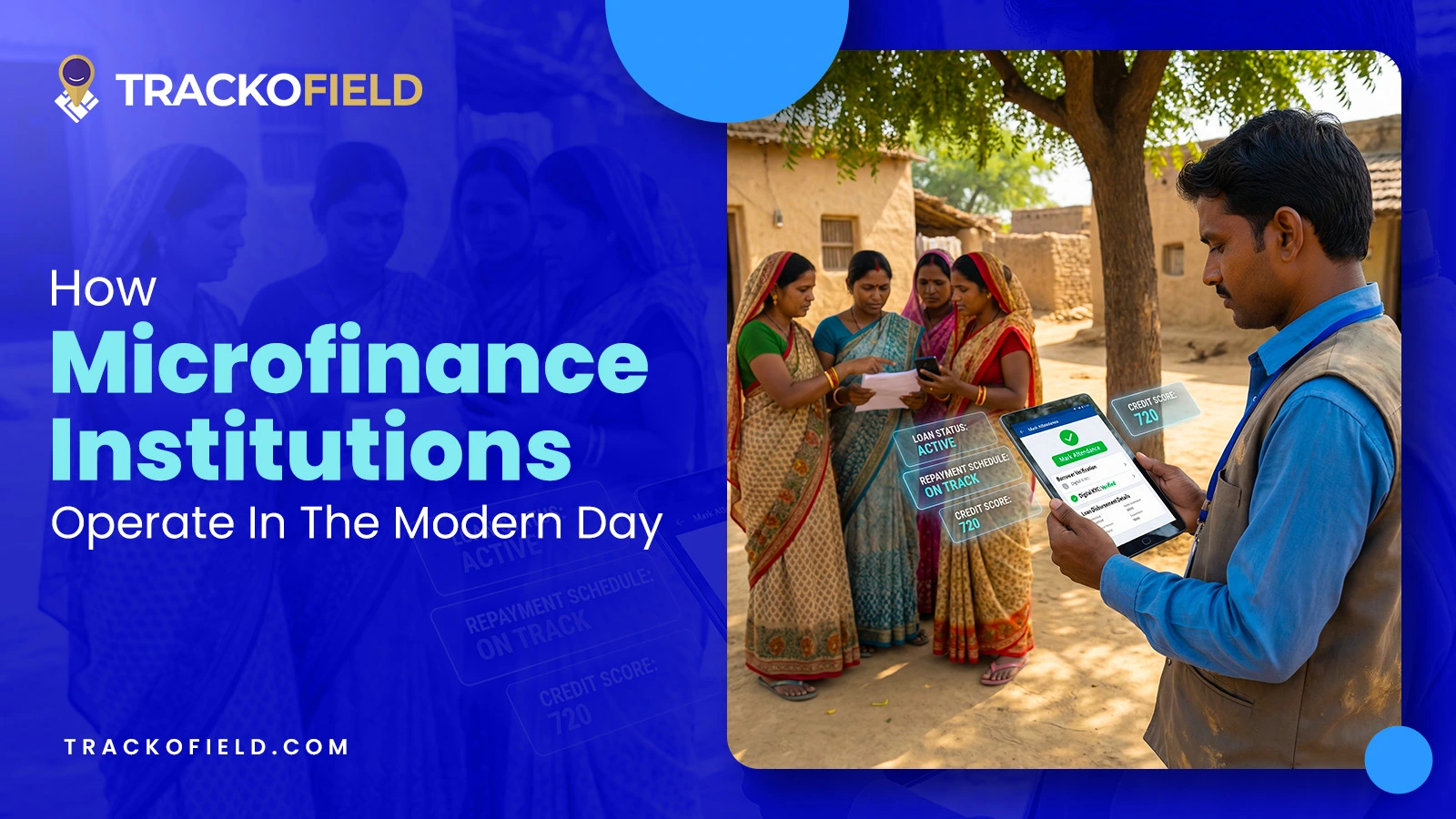-
TrackoBit
Manage commercial vehicles with the new-age Fleet Management Software
TrackoBit -
TrackoField
Streamline your scattered workforce with Field Force Management Software
TrackoField -
Features Resources
-
Blog
Carefully curated articles to update you on industrial trends. -
White Paper
Insightful papers and analysis on essential subject matters. -
Glossary
Explore an alphabetical list of relevant industry terms. -
What’s New
Get TrackoBit & TrackoField monthly updates here. -
Case Study
Explore the cases we solved with our diverse solutions. -
Comparisons
Compare platforms, features, and pricing to find your best fit.
-
About Us
Get to know TrackoBit: our team, ethos, values, and vision. -
Careers
Join the most dynamic cult of coders, creatives and changemakers. -
Tech Support
Learn about our technical support team and services in detail. -
Events
Check out the exhibitions where we left our marks and conquered. -
Contact Us
Connect with us and let us know how we can be of service.
What is Human Resource Planning? Definition, Benefits & Challenges
- Author:Mudit Chhikara
- Read Time:10 min
- Published:
- Last Update: July 15, 2025
Table of Contents
Toggle
Learn what is human resource planning and why it’s important in ensuring the right size of staffing levels. Along with challenges and best solutions.
Table of Contents
Toggle
Are you looking to optimise staffing levels and reduce unnecessary costs? Human resource planning can help you.
Maintaining the right balance of human capital is crucial for any organization. Over Hiring or under hiring can strain resources, leading to budget issues or inefficiencies. Careful workforce planning ensures optimal productivity and avoids regretful hiring decisions.
But how do you tackle this issue?
Well, that’s the responsibility of the HR department and they use HR planning to maintain the optimum number of employees by using good HRMS and payroll management software.
Here are the exact steps on how to do effective resource planning to ensure no staff is overworked or underworked.
What is Human Resource Planning?
Human Resource Planning is the way to ensure that the right number of employees with appropriate skills are available to meet organizational goals.

What is Human Resource Planning
Why is Human Resource Planning Important? The Purpose
Surplus and shortage of employees are detrimental to any company. A shortage of employees negatively affects productivity while over hiring drains the budget. Thus, it’s better to plan well instead of looking for ways to deal with overstaffing problems.
Also, employees should be assigned to jobs that best meet their skillset. The right employee doing the wrong job is a common occurrence in offices. This is a type of skill gap.
HR planning addresses these issues and anticipates future workforce requirements.
- If 10% of your employees were going to retire in the next financial year, would you wait until they have left the job to start scouting their replacements?
- Also, what do you think would be the best in this scenario, elevating an experienced employee in your organisation or training a new hire?
- What if the company’s growth is dwindling and layoffs are required?
- What if a new technology has emerged, but the majority of your employees aren’t trained to use it?
Just 5 Steps To Do Effective Human Resource Planning

5 Steps of Effective HR Planning
1. Analysing labour supply and organisation goals
If you don’t know what the problem is, how will you solve it? Hence, the first step in the HRP process is an in-depth analysis of the workforce. This involves:
- Evaluating the company’s strengths and weaknesses
- Documenting the number of employees
- Setting realistic goals and outlining the company vision
- Creating an employee skill inventory
- Researching competitors to gain industry insight and identify market gaps
- Establishing KPIs over field service software dashboard (if you use any)
- Gathering feedback from employees and stakeholders
2. Forecasting labour demand
Once you’ve analysed the current status of your organisation, the next step is to anticipate future workforce demands. This process starts from within your company. You have to track all employee retirements, promotions, transfers, and layoffs.
Then you have to consider external factors like new business strategies, fluctuating economies, changing legal regulations, etc. Also, if any groundbreaking technology—AI, automation, IoT, or a new coding language emerges which can be beneficial for your business, then you’ll have to start scouting for candidates with expertise in those technologies.
3. Gap analysis and managing labour demand with supply
The next step in the human resource planning process is to narrow the gap between the current and the desired manpower. This process is called gap analysis and involves rectifying concerns like:
- Employee skill gap and if they need special training.
- The requirement for more senior or managerial staff.
- The ideal use of every employee’s skills.
- Choosing between internal promotions or new hiring.
- Analysing if there’s a shortage or surplus of workforce strength
If the previous analysis reveals that the labour market may get saturated in the future, it’s better to initiate the recruitment process in advance. The demand and supply for personnel have to be planned ahead of time.
4. Developing and implementing an action plan
Once you have analysed your workforce and forecasted the future demands, you have to develop and execute an action plan. This includes:
- Recruiting
- Laying off employees
- Training employees to eliminate skills gap
- Retaining high-performing employees
- Conducting regular employee performance reviews
- Budget management and improving internal communication
5. Monitoring and evaluating HR Planning strategies
HRP isn’t an instantaneous process. It takes time to yield results and involves many long-term decisions. After implementing a strategy, you cannot just sit on your hands and forget about it.
You have to monitor your plan and make sure it’s working. Evaluate the results and compare your organisation’s performance to the time before and after executing the action plan. This can help you improvise and modify the strategy if it’s not being effective.
Benefits of Effective Human Resource Planning
1. Cost cutting
A surplus and shortage of employees both cut into the budget of your organisation directly or indirectly. HRP can help you save money by ensuring adequate staffing at all times in your organisation and minimising last-minute hirings.
2. Productivity
Having the right number of employees is important, but so is having employees with the right skillset in the right role. HRP takes into account the staff’s experience to assign them jobs that they are best qualified to perform.
3. Employee satisfaction
It’s always better and more cost-efficient to train your staff or promote them instead of hiring someone new. This is a surefire way to boost employee satisfaction. When your employees are appreciated, recognised for their efforts, allowed to grow, and preferred in internal promotions, they feel satisfied and work harder.

Benefits of HRP
HRMS Features Helpful in Efficient HR Planning
Here are some key aspects of HRMS that are very crucial to enhancing the human resource planning process for your in-house or field workforce.
1. Data insights
HR executives can utilise data analytics to better understand their workforce and look out for unusual patterns. They can analyse metrics like turnover rates and onboarding time averages average onboarding time to identify any scope for improvement.
Insightful data analytics can also be used to spot trends, forecast problems based on past data, and detect unusual patterns in employee data.
2. Performance reports
It often happens that between two employees within the same team, you will find one performing better than the other one.. It may be because one employee is more skilled than the other one.
Regular review of performance reports helps analyse and compare employee output and address any underlying skill issues. One way to achieve this is by evaluating target vs achievement reports that are offered by field employee tracking software like TrackoField.
3. Customisation and Automation
If you manage an organisation of 1000 employees, you cannot manually handle the recruitment and offboarding process, review employee performance, calculate payroll, etc.
You need a software solution that’s tailored to your organisation’s requirements and reduces unnecessary workload.
With customised and automated workforce management software, you can better manage your field teams’ shifts and work schedules, and ensure the right employees reach the right task or customer site.
Attendance and timesheet data are also recorded automatically, along with the task status. This allows the HR team to better analyse the organisation’s workforce and aids in further planning.
Challenges of Human Resource Planning
1. Remote work
This challenge applies to organisations with a field workforce or remote workers. It’s hard to monitor and review the performance of workers who never step into the office. However, HR managers can use field employee tracking software like TrackoField to accurately monitor remote or on-field workers.
2. High turnover rate
Employees tend to switch jobs after a couple of years and often get poached by competitors. Overwork and toxic workplaces are another factor behind high turnover rates. As such, organisations are always on the lookout for potential candidates and shelling out money on hiring.
With effective manpower planning, you can hire employees that best fit the company culture and focus on implementing strategies to boost employee engagement and job satisfaction.
3. Uncertain future
The global tech market is constantly changing; new technologies emerge every other day, and unforeseen events like economic shutdowns due to pandemics can occur at any time.
The labour market is also rapidly evolving. The gig economy is the talk of the town nowadays and employees are prioritising increased flexibility over better pay. These unpredictable and unconventional trends pose a huge challenge to HR planning.
4. Employee skill shortage
There can be a skill deficit in the labour market. As per the 2023-24 Economic Survey of India, only 51.25% of young graduates are employable.
The scenario of the right employee but doing the wrong job is common in organisations. Its causes are:
- Employees may be unable to adapt to new technologies
- Bad or rushed hiring practices
- Wrong estimation of candidates’ skills
Skill shortages can lead to disruptions in business operations, employee burnout, and promote hostility in the workplace.
5. Globalisation
HR departments have to stay compliant with global laws as organisations expand and venture into other countries. Adhering to complex labour laws, following tax regulations, dealing with regime changes, high tariffs, and increased competition are some challenges that arise due to globalisation.
These are some open-ended challenges that obstruct an organisation’s HR planning process. Where some are easy to resolve via automated tech and tools, others require a more strategic approach from the government’s end.
Field Service Industries Where Strategic HR Planning is a Must
Field service businesses are in the most need of effective manpower planning as they have a heavy workforce. Here are a few industries for instance.
1. HVAC
The heating, ventilation, and air conditioning (HVAC) industry remains in high demand throughout the year, and any shortage of employees can be disastrous for the company. HRP is a must for HVAC companies to maintain a steady supply of field workers.
2. Lineworkers
Power outages are common, especially during changing weather or peak monsoon. Thus, the need for skilled technicians is important throughout the year. Effective manpower planning is important to ensure the right staff is allocated and dispatched to task sites.
3. Facility management
Managing infrastructure and keeping it safe and functional is no easy task, especially with a booming real estate market. It requires skilled workers who have to attend to maintenance and regular tasks urgently. HRP can help optimise field operations of facility management businesses and ensure there are always enough employees available to meet client demands.

HR Planning in Field Service Industries
How TrackoField Helps in Manpower Planning for Your Field Staff
TrackoField is a field force management software with advanced modules that help you identify your current staff, workflow patterns, and work schedules. It provides you with a comprehensive employee database, their activities, and task status for convenient access. You also get:
- Visibility of employee strength and live visibility of the available staff who have clocked in.
- Visibility of the sales and service tasks in bulk that have to be allocated to rightly match the total number of staff available to do it.
- Status of total vs. actual hours worked, task progress as pending or completed, and time taken to complete a certain task.
- Self-created target vs. achievement report to check how many tasks were completed against the assigned tasks.
- Status of field employees even when they are unavailable, out of network, or unreachable, along with the reason.
The above data helps you analyse the actual workforce you require against the work demand. This can be helpful for you to make the right HR decisions, formulate long-term strategies, and save money.
Final Takeaway
Employees are the most valuable asset of a company and have to be managed accordingly. You can’t have too many employees or too few. Plus, you have to ensure they’re skilled enough to help your organisation achieve its objectives while also utilising their skillset suitably.
Human resource planning is an essential process that can improve an organisation’s profitability and productivity. It ensures that your organisation never faces any manpower challenges.
So, in its essence, HR planning is about determining current and future labour requirements and taking necessary steps to achieve the organisation’s goals.
An effective HR plan can help you reduce redundancy in the workplace, make the most of your workforce, boost employee satisfaction, and stay ahead of future employment challenges.
FAQs
-
How is HR planning different from HR management?
Human resource management involves overseeing all employee-related operations like onboarding, payroll, leaves, promotions, etc. HRP is a part of HR management and is a strategy to maintain the right number of employees with the right skills at the right time in an organisation.
-
What are the types of human resource planning?
There are three main types of HR Planning: Succession Planning: Ensuring the organisation is ready to fill critical positions quickly in case they become vacant. Strategic HRP: Ensuring HR management objectives align with the organisation's long-term goals. Operational HRP: Overseeing day-to-day objectives of the organisation, like recruitment, promotions, and employee training.
-
What are the objectives of HRP?
The main objectives of HR planning are: - Guarantee a sufficient supply of labour at all times. - Anticipating future manpower requirements. - Identifying and tackling skill gaps. - Ensuring efficient use of employees’ skills.
-
What are the key components of the human resource planning process?
The HR planning process involves five key components: - Analysing labour supply and organisation objectives - Forecasting labour demand - Gap analysis and balancing labour demand with supply - Developing and implementing an action plan - Monitoring and evaluating HR strategies
Mudit is a seasoned content specialist working for TrackoField. He is an expert in crafting technical, high-impact content for Field force manage... Read More
Related Blogs
-

How MFIs Are Working In Modern Day Scenario? A Complete Breakdown
Mudit Chhikara December 30, 2025How field force automation is helping MFIs transform field operations.
-

Unified Field Workforce Dashboard: Monitor Tasks, Attendance & More In One Place
Mudit Chhikara December 15, 2025Bring full clarity to field operations with a single, real-time field workforce dashboard.
-

Loan Disbursement in NBFCs: From 15 Days to 3 Minutes – Learn How
Shemanti Ghosh December 11, 2025TrackoField’s AI-enabled field force automation software speeds up loan disbursals in NBFC with field agent task monitoring and facial attendance…
-

AI Facial Recognition Attendance: A Game-Changer for Fraud-Free Field Operations
Mudit Chhikara December 9, 2025Ensure transparent attendance and eliminate fraud before it even starts with AI facial recognition and geofencing.

Subscribe for weekly strategies to boost field team productivity.
Your inbox awaits a welcome email. Stay tuned for the latest blog updates & expert insights.
"While you're here, dive into some more reads or grab quick bites from our social platforms!"Stay Updated on tech, telematics and mobility. Don't miss out on the latest in the industry.
We use cookies to enhance and personalize your browsing experience. By continuing to use our website, you agree to our Privacy Policy.


































